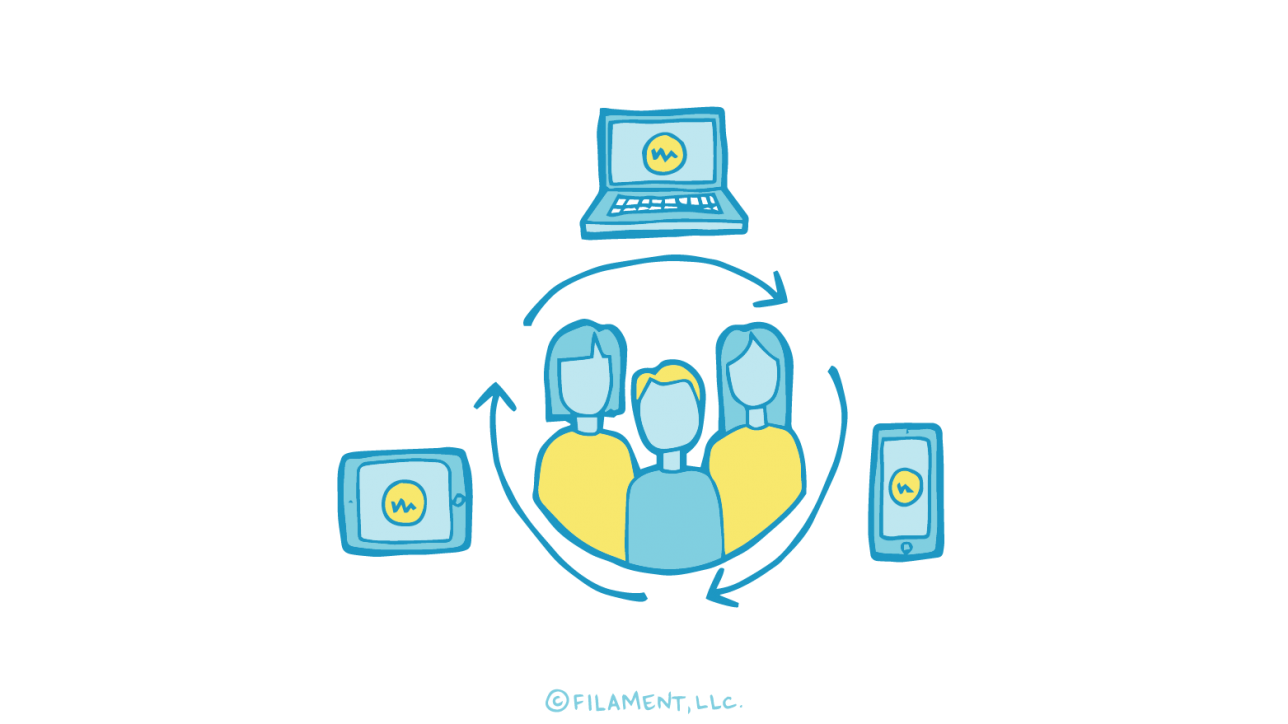In our recent posts on lifecycle marketing, we’ve been talking a lot about getting the right content to the right customer at the right time, about meeting them where they’re at and providing them with the information needed to help move them along the customer lifecycle. We’ve also talked about the importance of following them through the customer lifecycle and creating relevant messages for all the different touchpoints at which customers interact with your brand. This practice requires an omnichannel approach since customers expect to interact with your brand across many different channels. But how do you create an excellent user experience that delivers relevant content across all those platforms — and devices, screen sizes, and even beyond the digital sphere, into print?
The answer, my friends, is with adaptive content. Everywhere, and in every way, customer interactions with your brand affects their experience with your brand and their feelings about your brand. Thus, it’s key to deliver content that embodies all of the features of user experience we outlined in an August blog post. You can make your content accessible, usable, and even more credible with adaptive content strategies.
First of all, what is adaptive content? Let’s borrow managing founder of UX consultancy Bond Art + Science Karen McGrane’s definition: “Adaptive content is a clean base of presentation – independent, well-structured content that you have designed from the start with the intent that you may want it to go out and live on a wide variety of platforms.”
And what, you might ask, does that mean? In a nutshell, it means creating chunks of flexible content—also named “intelligent content” or “nimble content”—that can be reused on different devices, platforms, screen sizes, and resolutions. It’s branded content that’s ready to go everywhere. McGrane suggests three requirements for creating adaptive content: 1) multiple sizes or lengths, 2) meaningful metadata, and 3) written for reuse.
Looking at number 1, we see that we’ll need to create content chunks of different sizes. You would also need a content management system (CMS) that lets writers create content variations within one framework. For number 2, all of those chunks of data must be associated with meaningful metadata so that platforms can query them to decide which types of content they want to include. Metadata provides the answer to the question of how it should look. It creates queries for the content in order to decide how best to fit it into a particular display.
For number 3, we need to write differently. More specifically, we need to write like a journalist might. McGrane points out that journalists have been trained to write in a particular way that has uniquely prepared them to create chunks of text. They’re familiar with headlines and perhaps even writing multiple headlines of different lengths, captions and cutlines, ledes and nut grafs. Each of these pieces of copy has a specific job to do. We can borrow this style of writing to create chunks of copy, each with their own purpose, that platforms can source and that can be used in different combinations. Some platforms will just want a headline, a short summary and an image. Others might want a headline, longer description and video.
Adaptive content allows you to deliver meaningful content to users in the form they want it and on the device and platforms of their choice. Plus, every interaction they have with your content will be clean, easy to use, and relevant—an excellent omnichannel experience personalized for customers at each stage in the customer lifecycle.
Contact Filament today for help creating adaptive content that gives your customers what they need to move down the customer lifecycle.


